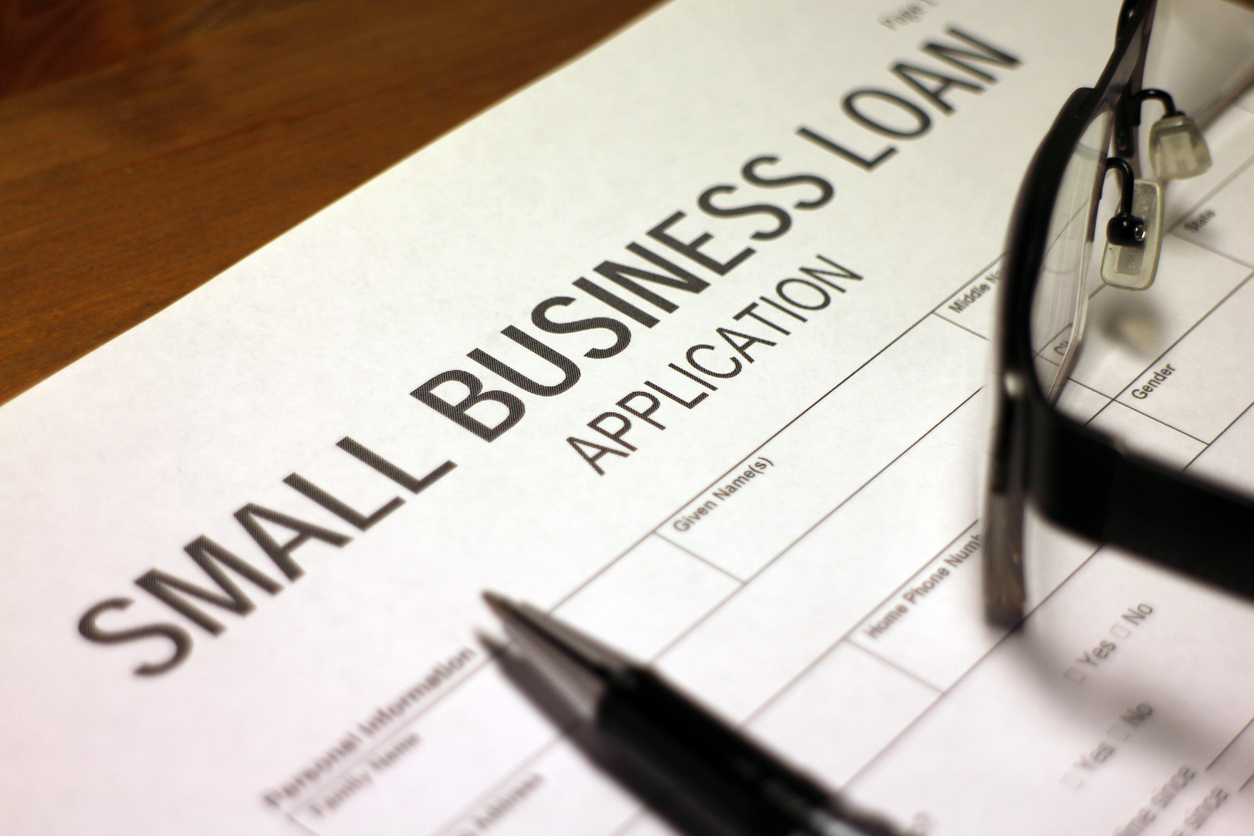The move will free up financial firms to make more loans guaranteed by the Small Business Administration’s Payroll Protection Program, part of a $2.2 trillion economic relief package President Trump signed last month to help individuals and businesses affected by the coronavirus pandemic.
In a statement Monday afternoon, the Fed said that to facilitate more lending to small businesses, it would establish a facility that offers term financing backed by PPP loans. It said additional details would be announced later this week.
The Fed has been working on the program with the Treasury Department. The loans are designed to cover about two months of payroll expenses and other essential costs, and can be forgiven if businesses maintain the size of their workforce.
The banking industry has been pressing the Trump administration to set up a program to purchase the loans from lenders who originate them, which would help free up banks’ balance sheets so they can make more of the loans.
The loans don’t require the Fed or the Treasury to take on the risk of bearing losses because they are already insured by the Small Business Administration, a government agency. As a result, the Fed’s purchases of the loans would be akin to its purchases of government-backed mortgages that are pooled together and issued as securities by Fannie Mae and Freddie Mac.
“This concept works well in the American mortgage market and should be replicated to meet program loan demand in this crisis,” Rebecca Romero Rainey, the president of the Independent Community Bankers of America, said in a letter Sunday.to Treasury Secretary Steven Mnuchin.
The Fed faces restrictions on the types of assets it can purchase directly, but it can create lending facilities with broad latitude to acquire loans or other assets.
The Fed has already launched six facilities since the coronavirus pandemic led to widespread shutdowns of commercial activity that has roiled financial markets, including a facility under which it will lend money to investors to buy securities backed by small business and student and credit-card loans.
Ms. Romero Rainey said the Fed should also provide advances to banks against the loans to further enhance the capacity of the small-business lending program.
Under the law, banks are required to keep the loans on their books for seven weeks before selling them. That could make it difficult for smaller banks with limited capital and liquidity constraints to keep up with customer demand, a banking industry official said.
Banks have struggled to keep up with a surge in demand for the new loans after the program launched last Friday, and President Trump said on Twitter he would go back to Congress for more money if the funds run out.
The creation of a secondary market for the loans shows how Washington is ready to expand the program as necessary in the coming weeks.
Meanwhile, officials have been working out some of the early kinks of the program, which the Treasury and SBA set up in just seven days.
The government doubled the interest rate on the loans, to 1%, just hours before the program started after small banks complained the low rate would make the loans unprofitable for many banks.
Some in Silicon Valley also warned that startups could be shut out of the program because federal rules make it difficult for firms with private-equity or venture-capital bankers to qualify as small businesses.












